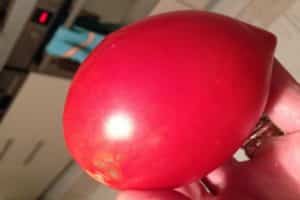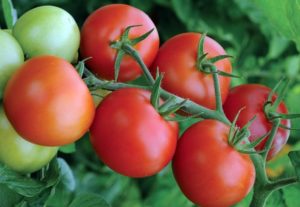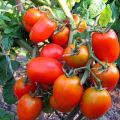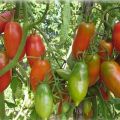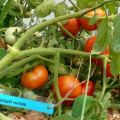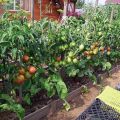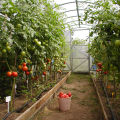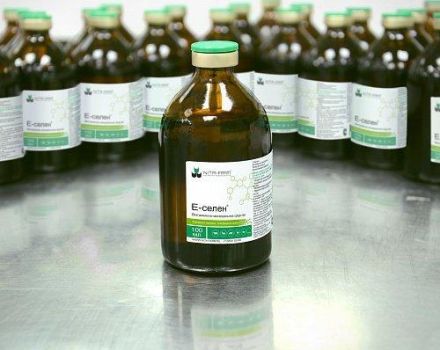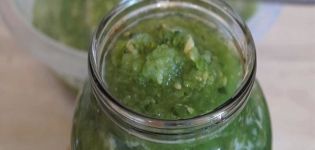The best, productive varieties of tomatoes for the northern regions in the open field and greenhouses
If on the shelves of specialty stores your eyes run up from all sorts of varieties and types of tomatoes, do not panic. For the convenience of buyers, the seed bags themselves describe the type and where, in which area, tomatoes can be planted.
Description
Tomato is a vegetable that contains a storehouse of vitamins and minerals. Has healing properties. They can be included in the diet for the treatment and prevention of many diseases.
To get a good harvest, the owners need to know which varieties can be planted in the area. After all, scientists - breeders, are trying, when breeding new varieties, to take into account the area in which they will grow, so that adaptation to the climate where tomatoes will grow and bear fruit is already grafted from the seeds.
Tomatoes for the northern regions should have time to germinate in a short summer, form faster. Tomatoes grown in the northern regions have a smaller leaf, it is peculiarly located along the stem. This gives a greater flow of sunlight to the fruit and accelerates its ripening.
Tomato varieties for the northern regions do not have a lot of foliage on the stems, they are acclimatized to a short, hot summer. These are varieties with limited growth of the central stem, which has a flower cluster ending.
The varieties of the northern regions are frost-resistant, because frosts are frequent guests both in autumn and in spring. This characteristic is found in literally all types of tomatoes that are grown in the northern lands. But there are also differences: ripening time, taste, place of cultivation - in a greenhouse, in the open field.
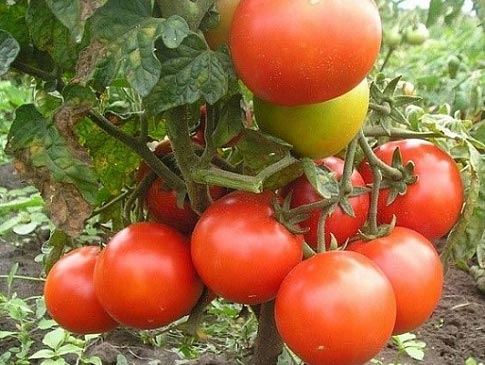
There are two types:
- Stunted - they can grow both in greenhouses and in the open field. These varieties are preferred for growing in greenhouses. They are small in stature, have early ripening and high yields. But the biggest minus is that they are prone to a wide variety of diseases, which this vegetable only suffers.
- Tall - special varieties with almost 2-meter stems. They require a lot of attention to themselves, they should be tied up and made supports or put arcs. They stretch upward, occupy very little space in width, in comparison with their brothers - "kids". This species bears fruit longer and more, but the vegetable itself ripens later.
Each species has its pros and cons; when choosing seeds, this is worth paying attention to.
Growing methods
In harsh climatic conditions, it is advisable to grow this vegetable in greenhouses. And with the sowing of seeds of early varieties, these types of tomatoes already begin to delight their owners somewhere after 3 months from the moment of sowing.
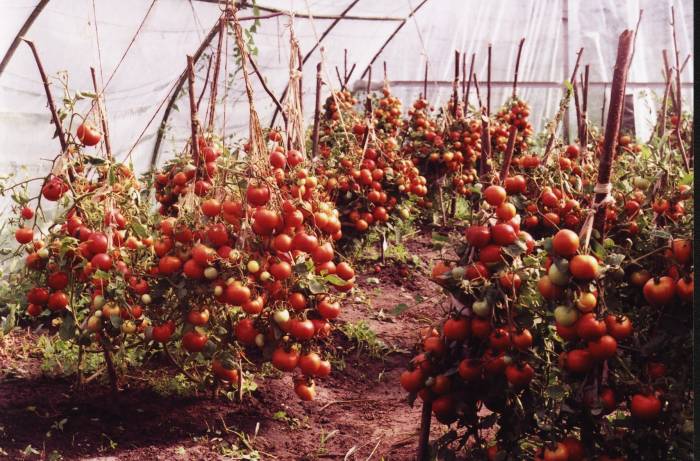
No matter how sowing is done, in order for the harvest to be good, you must adhere to several rules on agronomy.Warm soil is required, you can do without natural heating, use hot water running through pipes or a device designed to convert electrical energy into heat.
It is necessary to prepare the beds, disinfect, fluff, apply both mineral and organic fertilizers.
Make a mound up to 15 cm in height along the entire length of the bed. Seeds should also be disinfected before sowing, temperature changes should be made. This process requires meticulousness. Soak the seeds, located between the layers of matter, in water of 20 degrees Celsius. After they are completely immersed, we leave them in this water overnight.
After this time, we pull it out of the water and put it on the middle shelf of the refrigerator, also overnight. And so on for 14 days. With this hardening, weak, infected seeds die, natural selection occurs.
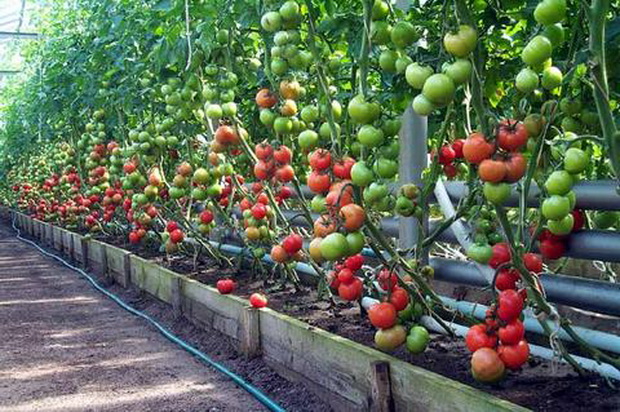
Can be treated with potassium permanganate (to make the water pinkish), to destroy a variety of pathogenic microbes. Treat seeds with growth stimulants. The next step is to sit them in a box with soil (it has a thickness of up to 3 cm). When the seeds are laid on the soil, they should be sprinkled with dry earth on top to a thickness of about 1 cm.
If you follow these instructions, the first shoots will be after a week of waiting. When 3 leaves hatch, a pick is required. It is needed to strengthen the root system. When the roots are bitten, each sprout is planted in a separate flowerpot and placed in a lighted place, you can on the windowsill.
If the day of planting is determined, then somewhere 7 days before it, it is advisable to start putting the seedlings on the street, to harden it. We plant the plant in greenhouses, on the hills in May. Depressions are made on the hills, they should be at a distance of 50 cm from each other.
Before planting in the ground of greenhouses, we treat the pits with a biostimulator. Seedlings, after planting them in a greenhouse, cannot be watered immediately. You need to let it harden in the ground for 3 days, otherwise the seedlings may get sick.
Then it is necessary to carry out watering, loosening (it should take place 1 time in 7 days), hilling is mandatory. It depends on which variety is chosen for planting, you need to carry out a garter and the obligatory formation of the skeleton of the bush. Tomato feeding should be carried out 7 days after planting either in the ground or in a greenhouse. After the first feeding, the next one should be carried out in 7 days.
The planting of tomato seedlings in the northern regions should be done after warming up the soil, in early June, and the biological thermometer is the blooming of birch leaves. A vegetable to sit on one bed for no more than 2 years. It is good for tomatoes to plant them in a place where zucchini and melons were grown earlier.
It is advisable to break up the planting beds in a place where the tomatoes will be protected from gusty winds, and they will be provided with a daytime warm-up. An unwanted neighbor is potatoes, because the Colorado potato beetle does not disdain tomatoes either.
Ground for planting a vegetable, prepared in the fall. To do this, they remove quarantine weeds, dig up the ground to a depth of 30 cm (a full bayonet of a shovel), it will not hurt to water the landing site with diluted copper sulfate in the spring. He prepares simply: 1 tbsp. l. pour the chemical preparation into a bucket of water, the yield is 2 liters per 1 m2.
Then wait 2-3 days and boldly plant the seedlings. Examine seedlings and remove weak plants. A day before planting, water the flowerpots with vegetables with water so that when it is removed from the flowerpot, the injury is minimal, because the less damaged the root system, the faster the tomato will be taken into the ground.
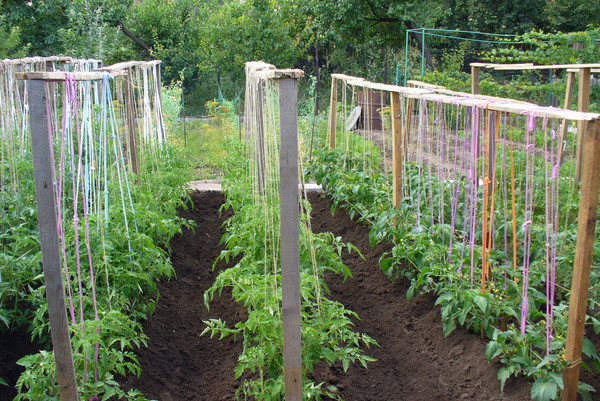
For planting in open ground, the best varieties of tomatoes, undersized and early ripening, are suitable. These varieties are planted with a scheme of 30x40 cm, the depth of the hole should be 20 cm, and the diameter of 30 cm.It is necessary to put 1 glass of humus in the finished excavated hole, mix it with soil and pour 1.5 liters of water.
Tomatoes are planted standing up and sprinkled with earth until the cotyledon leaves. Trample the ground around the stem.It is advisable to plant tomatoes in gloomy weather or at night so that the seedlings do not get sunburn. Growing seedlings to full maturity is labor: watering, feeding, as well as fighting insects, parasites and frost.
Care features
If frosts are expected, it is necessary to prepare in advance bags, matting for covering the plants, and if they are protracted, to make high hilling. When they pass, carefully open them.
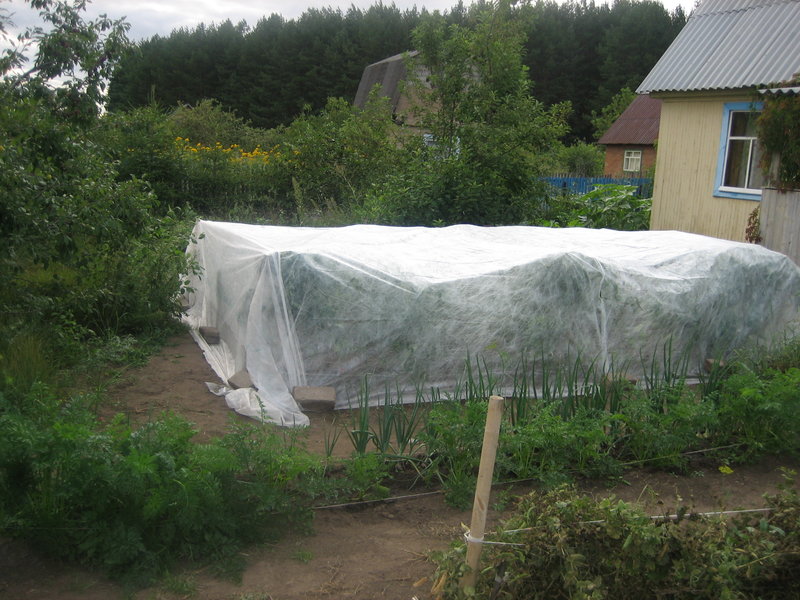
Do not forget about the temperature and drainage regimes. After watering, it is necessary to make a ball, loosen the soil, prevent the formation of an earthen crust. Seedlings in this position lose a lot of liquid. To prevent this from happening, mulching the soil under the seedlings follows. For this, peat, straw, sawdust are suitable. Having created good conditions, fruitful varieties of tomatoes will thank their owners with strong, beautiful fruits.
When watering, you can also feed vegetables. To protect against late blight - pour water with the addition of manganese at the rate of 2 grams per 10 liters of water. Do not forget during flowering bushes to spray with a mixture of 1 g of boric acid diluted in 1 liter of water. These foliar sprays stimulate a larger ovary.
It is good to do this procedure in dry, calm weather. There is also a store-bought preparation "Ovary" also for sprinkling flowers and improving the ovary.
Varieties for the northern regions
Good varieties of tomatoes in the northern regions are: Alaska, Metelitsa, Polyarny, Betta. Of these, fruitful, quickly ripe: Taimyr, Snegir, Yamal.
Agronomists - geneticists have grown resistant tomatoes, giving high-quality, good fruits for open ground in the northern regions. Let's get acquainted with some of them:
- Polar - refers to an early-ripening variety, has a bush-like shape that grows without branching, without lateral shoots. Forms 4 clusters of rather large fruits, which resemble an apple in shape, the fruit weighs 150 g, can knit an ovary in low light.
- Taimyr is a very fast ripening variety, a standard plant bush, fruits weighing 80 - 100 grams, round, beautiful. It tolerates a sudden drop in temperature. It has a rare property for the north - it can give new shoots and fruits after freezing. It is considered the best in early ripeness, has an ordinary bush appearance. Of the early varieties, it has the largest fruit, which weighs up to 180 grams. A distinctive feature from the rest of the mass of early-ripening varieties - it has "immunity" to the bacterial disease of tomato throughout Russia - late blight (fungal disease of plants).
If signs of this disease are found, spraying should be done immediately. Tomatoes, both in the greenhouse and in the open field, should be treated with the chemical Oxykhom and it is advisable to repeat this procedure 3 times during the season.
Manipulations should be carried out in warm, sunny weather, 24 hours before spraying, it should not rain so that the bactericide can act on the infected areas. It is necessary to sprinkle it very scrupulously, literally wrap it with the drug from all sides, it is necessary that the sprayer has small holes. Make sure that there are no dry spots on the bush, otherwise the disease may progress. In this case, you cannot spray with a broom. It will not provide a complete, protective layer to the entire plant.
It is worth planting not 1, but several types of this vegetable. So you can understand and choose exactly the variety and type that will delight in taste both fresh and canned.
